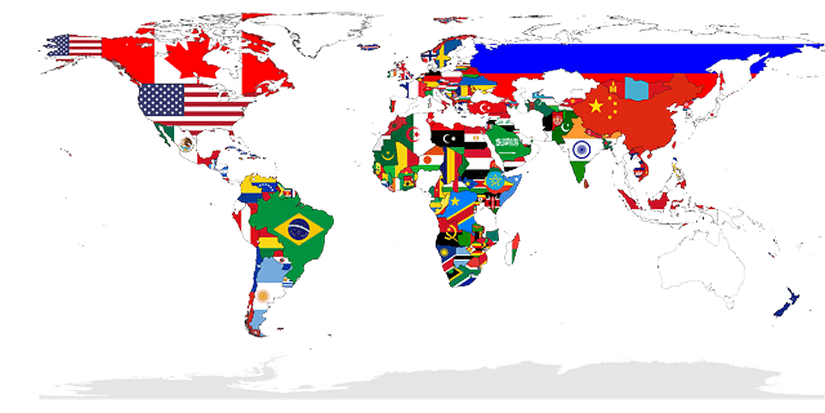The Central Bank of the Republic of Turkey (CBRT) raised its one-week repo rate by 200 basis points to 10.25 percent, unwinding some of the 375 points of rate cuts earlier in the year. This leaves the one-week repo rate 175 basis points below its level at the start of the year.
“Participating Committee Members
Murat Uysal (Governor), Murat Çetinkaya, Uğur Namık Küçük, Oğuzhan Özbaş, Emrah Şener, Abdullah Yavaş.
The Monetary Policy Committee (the Committee) has decided to increase the policy rate (one-week repo auction rate) from 8.25 percent to 10.25 percent.
While global economic activity has shown signs of partial recovery in the third quarter following the normalization steps taken by several countries, uncertainties on global economic recovery remain high. Advanced and emerging economies continue to maintain expansionary monetary and fiscal stances. The pandemic disease is closely monitored for its evolving global impact on capital flows, financial conditions, international trade and commodity prices.
Economic activity is recovering markedly in the third quarter owing to gradual steps towards normalization and the strong credit impulse. Recent monetary and fiscal measures that aim to contain negative effects of the pandemic on the Turkish economy contributed to financial stability and economic recovery by supporting the potential output of the economy. The normalization trend recently observed in commercial loans has started in consumer loans as well. The recent upturn in imports, which has resulted from deferred demand as well as pandemic-related liquidity and credit policies, is expected to moderate with the phasing out of these policy measures. Although tourism revenues declined due to the pandemic, easing of travel restrictions has started to contribute to a partial improvement. The recovery in exports of goods, relatively low levels of commodity prices and the level of the real exchange rate will support the current account balance in the upcoming periods.
Pandemic-related supply-side inflationary factors were expected to gradually phase out during the normalization process and demand-driven disinflationary effects were expected to become more prevalent. Yet, as a result of fast economic recovery with strong credit momentum, and financial market developments, inflation followed a higher-than-envisaged path. The Committee assessed that the tightening steps taken since August should be reinforced in order to contain inflation expectations and risks to the inflation outlook. Accordingly, the Committee decided to increase the policy rate by 200 basis points to restore the disinflation process and support price stability.
Free Reports:
 Get our Weekly Commitment of Traders Reports - See where the biggest traders (Hedge Funds and Commercial Hedgers) are positioned in the futures markets on a weekly basis.
Get our Weekly Commitment of Traders Reports - See where the biggest traders (Hedge Funds and Commercial Hedgers) are positioned in the futures markets on a weekly basis.
 Download Our Metatrader 4 Indicators – Put Our Free MetaTrader 4 Custom Indicators on your charts when you join our Weekly Newsletter
Download Our Metatrader 4 Indicators – Put Our Free MetaTrader 4 Custom Indicators on your charts when you join our Weekly Newsletter
The Committee assesses that maintaining a sustained disinflation process is a key factor for achieving lower sovereign risk, lower long-term interest rates, and stronger economic recovery. Keeping the disinflation process in track with the targeted path requires the continuation of a cautious monetary stance. In this respect, monetary stance will be determined by considering the indicators of the underlying inflation trend to ensure the continuation of the disinflation process. The Central Bank will continue to use all available instruments in pursuit of the price stability and financial stability objectives.
It should be emphasized that any new data or information may lead the Committee to revise its stance.
The summary of the Monetary Policy Committee Meeting will be released within five working days.”

- It Looks Like Its a Good Time To Buy This Gold Stock Mar 28, 2025
- Copper Co. Should Be Up Way Higher Mar 28, 2025
- Banxico cut the rate by 0.5%. The global auto market is under pressure from the introduction of tariffs. Mar 28, 2025
- The Pound Stands Strong Amid Global Trade Tensions Mar 28, 2025
- Uncertainty over the scope and impact of tariffs increased market volatility Mar 27, 2025
- EUR/USD Faces Further Decline Amid Market Jitters and Trump’s Tariff Threat Mar 27, 2025
- Australia’s inflation rate is at a 3-month low. Oil prices are approaching $70 again Mar 26, 2025
- USD/JPY Rises Again: Yen Lacks Support as Bulls Take Control Mar 26, 2025
- Oil prices rise amid a new OPEC+ plan to cut production. Inflation in Singapore continues to weaken. Mar 24, 2025
- SNB cut the interest rate to 0.25%. Inflationary pressures are easing in Hong Kong and Malaysia Mar 21, 2025
